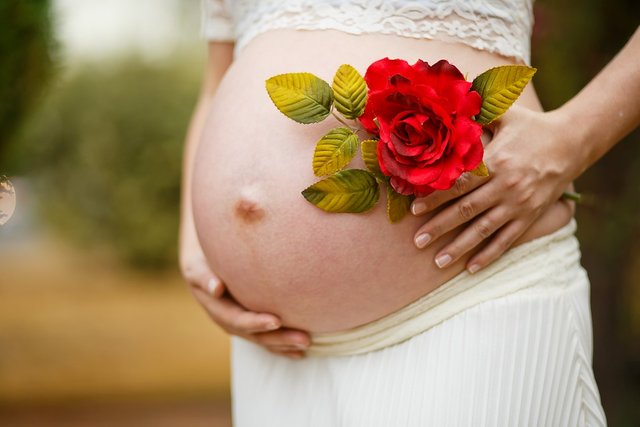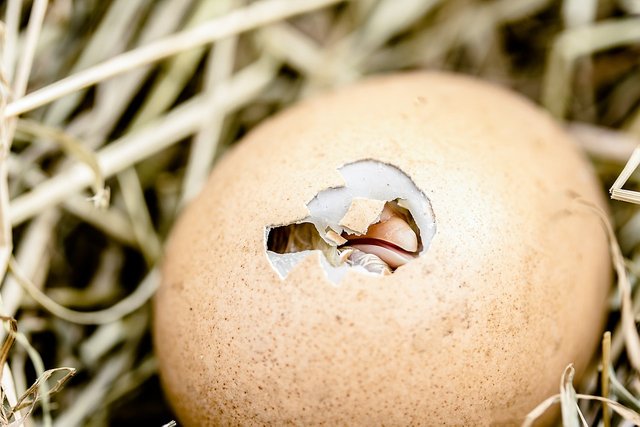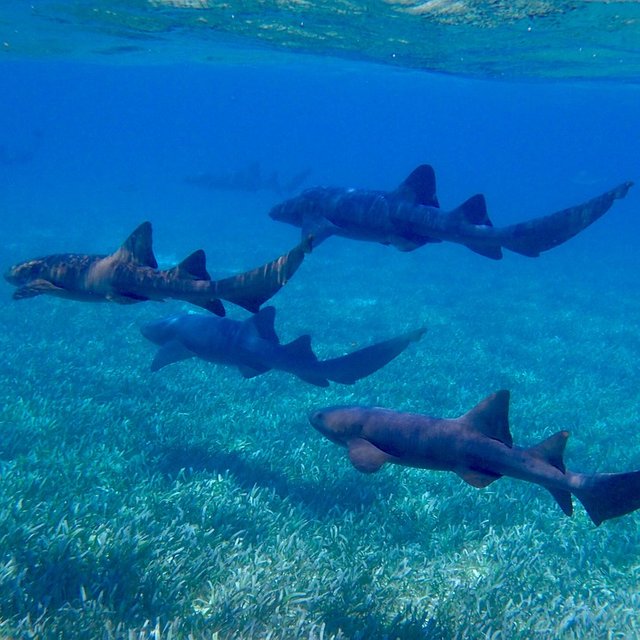Ovoviviparity
Many times we classify animals according to their embryonic development, when we are in primary school it is one of the first biology classes they teach us.
There are viviparous animals whose "young are born alive", or rather that the embryo develops completely in the mother's womb where it develops organs and grows until the moment of its birth (humans are a clear example).
And on the other hand we have the oviparous animals that "lay egg", that is to say that the mother lays the egg and within this the embryonic development is culminated until it hatches, many even without the need of the care of their parents (Here we find birds, some insects, amphibians, reptiles, fish and rare mammals.
And that's it, it's that simple, right? ... No, here's another of the great exceptions of biology. There are animals whose embryonic development occurs inside an egg just like in the oviparous ones, with the only difference that the female keeps them inside her until the embryo is completely formed, like the viviparous ones. There are cases in which they can hatch just before parturition or seconds after laying eggs, which is why they decided to call this type of reproduction ovoviviparity. An example of species in which it occurs is some fish (several sharks), some reptiles and various invertebrates.
I hope it has meet your expectations. See you in the next post. Regards!
Muchas veces clasificamos a los animales según su forma de desarollo embrionario, cuando estamos en la escuela primaria es una de las primeras clases de biología que nos enseñan.
Hay animales viviparos cuyas "crías nacen vivas", o mejor dicho que el embrión se desarrolla por completo en el vientre de la madre donde desarrolla organos y crece hasta el momento de su nacimiento (Los humanos somos un claro ejemplo).
Y por otro lado tenemos a los animales ovíparos que "ponen huevos", es decir que la madre pone el huevo y dentro de este se culmina el desarrollo embrionario hasta que eclosiona, muchos incluso sin la necesidad del cuidado de sus padres (Aquí encontramos a las aves, algunos insectos, anfibios, reptiles, peces y raros mamiferos.
Y eso es todo, así de sencillo ¿No?... Pues no, aquí surge otra de las grandes excepciones de la biología. Hay animales cuyo desarrollo embrionario se da dentro de un huevo justo como en los oviparos, con la unica diferencia que la hembra los mantiene dentro de ella hasta que esté formado por completo el embrión, como los viviparos. Hay casos en los que pueden eclosionar justo antes del parto o segundos después de poner los huevos, por lo cual decidió llamarse a este tipo de reproducción ovoviviparidad. Un ejemplo de especies en las que se presenta son algunos peces (varios tiburones), algunos reptiles y diversos invertebrados.
Espero que haya sido de su agrado. Nos vemos en el siguiente post. Saludos!




This post has received a 0.12 % upvote from @drotto thanks to: @banjo.
Congratulations! This post has been upvoted from the communal account, @minnowsupport, by omg-is-biology from the Minnow Support Project. It's a witness project run by aggroed, ausbitbank, teamsteem, theprophet0, someguy123, neoxian, followbtcnews, and netuoso. The goal is to help Steemit grow by supporting Minnows. Please find us at the Peace, Abundance, and Liberty Network (PALnet) Discord Channel. It's a completely public and open space to all members of the Steemit community who voluntarily choose to be there.
If you would like to delegate to the Minnow Support Project you can do so by clicking on the following links: 50SP, 100SP, 250SP, 500SP, 1000SP, 5000SP.
Be sure to leave at least 50SP undelegated on your account.